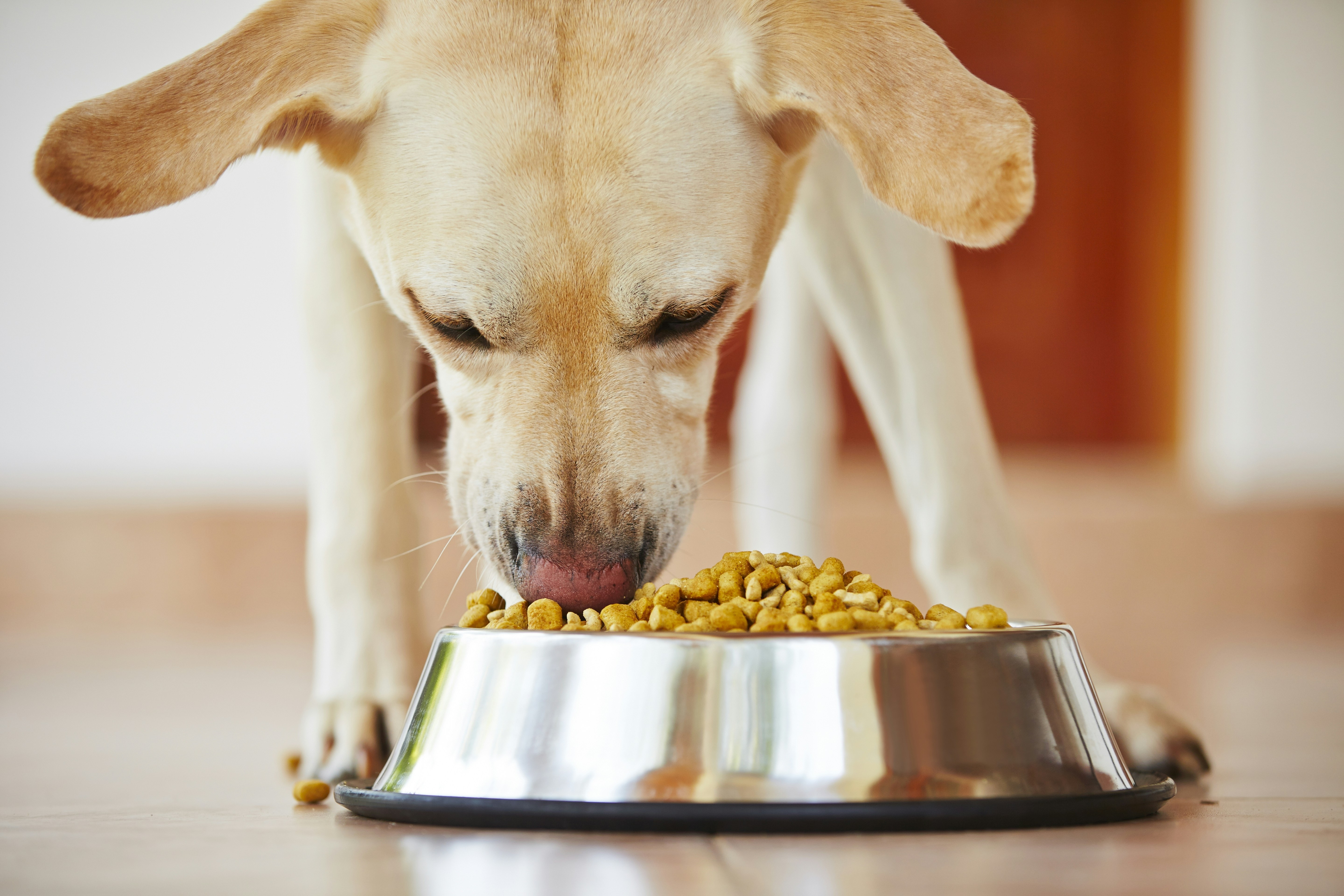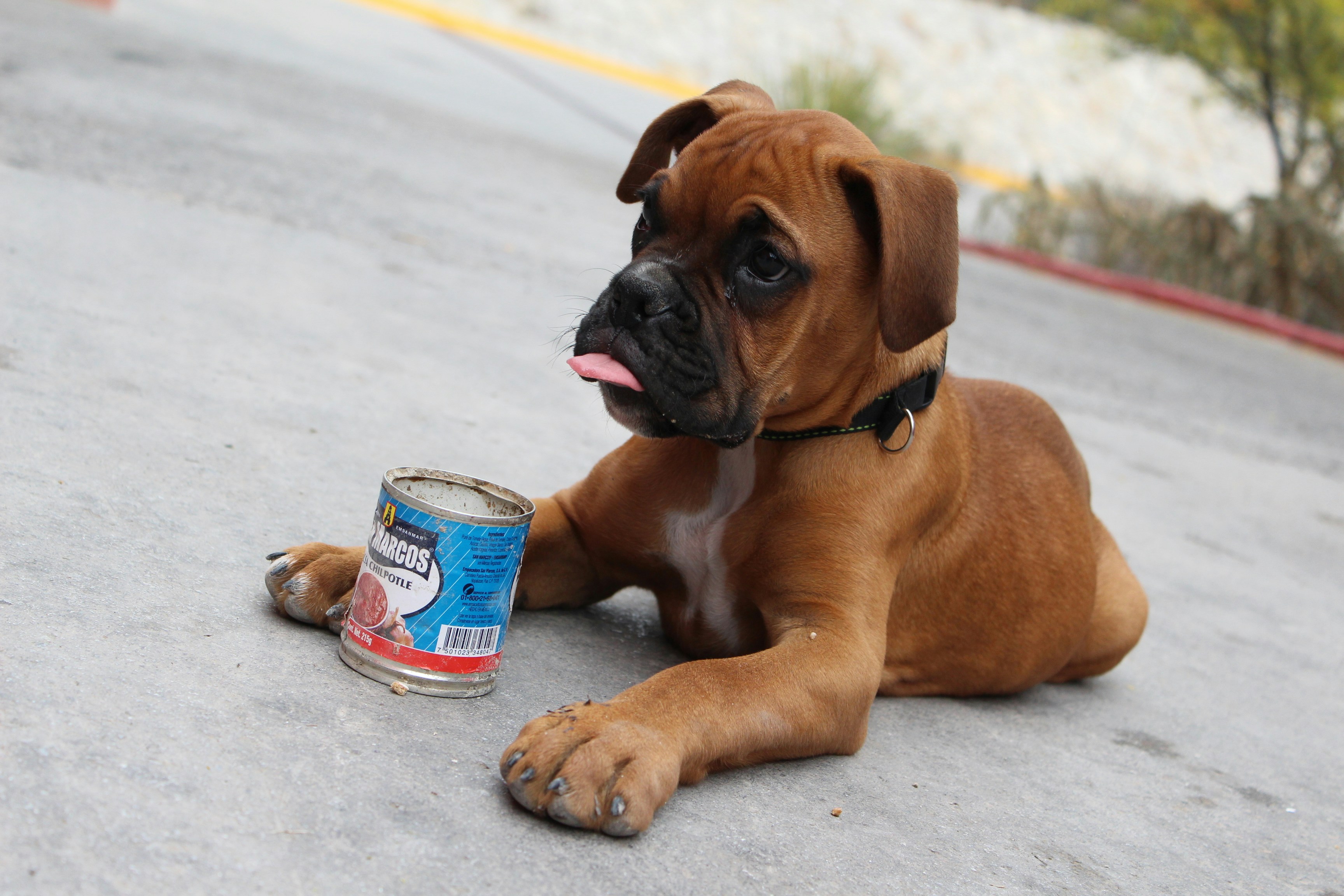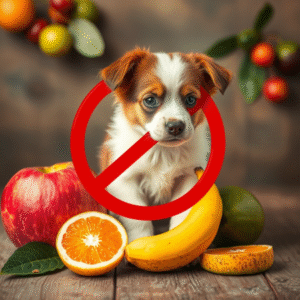Understanding Natural Feeding
Natural feeding for pets refers to the practice of providing diets that are primarily composed of fresh and minimally processed ingredients. This concept has gained popularity in recent years, as many pet owners seek healthier and more sustainable options for their animals. Adopting a natural diet can lead to several significant health benefits for pets, including improved energy, weight control, and even healthier skin and coat.
One of the main contrasts in pet nutrition is between processed commercial foods and natural foods. Processed foods, often found on supermarket shelves, are highly manufactured and frequently contain preservatives, artificial colorings, and additives that may compromise long-term health. In contrast, natural feeding prioritizes the use of fresh meats, vegetables, fruits, and whole grains, offering a more balanced and beneficial nutritional composition.
Fresh ingredients, which are the hallmark of a natural diet, are rich in essential vitamins, minerals, and antioxidants. These nutrients help strengthen the immune system and can assist in disease prevention. Additionally, many pets switched to a natural diet exhibit increased energy, vitality, and even improvement in digestive issues. The attention given to selecting the right ingredients can make a considerable difference in an animal’s quality of life.
In short, understanding the concept and benefits of natural feeding is the first step toward providing a healthier and more nutritious diet for pets. With a careful and informed approach, pet owners can make choices that promote the health and well-being of their companions. Opting for a natural food-based diet can lead to a happier and healthier pet in the long run.
Why Choose Natural Foods?
Choosing natural foods for pets is becoming an increasingly popular decision among pet owners concerned about the health and well-being of their animals. One of the main reasons for this transition is disease prevention. Processed foods often contain additives, preservatives, and artificial ingredients that can pose health risks. Natural diets, on the other hand, consist of fresh and minimally processed ingredients that provide essential nutrients to pets.
Beyond disease prevention, natural feeding can significantly improve a pet’s digestion. Ingredients like lean meats, vegetables, and whole grains are easily digestible and help regulate the digestive system. This is especially relevant for pets with food sensitivities or gastrointestinal issues. A natural diet rich in fiber and nutrients can result in healthier stools and a balanced gut flora.
Another advantage of natural feeding is improved skin and coat health. Diets rich in essential fatty acids such as omega-3, found in fish and seeds, promote shinier coats and healthier skin, reducing the incidence of allergies and skin irritations. Many owners notice visible improvements in their pets’ coats after switching to a natural diet.
Many veterinarians and animal nutrition experts support natural feeding, citing cases where pets experienced significant health improvements. Testimonials from pet owners who have made the switch confirm the benefits, noting increased energy and vitality and fewer vet visits after adopting a more natural and balanced diet.
How to Make a Gradual Transition
A gradual transition to a natural diet is essential to ensure your pet adapts well to dietary changes. This process should be done carefully and methodically, always prioritizing your pet’s health. Start by introducing a small amount of the new natural food, mixing it with your pet’s current kibble, using an initial ratio of about 25% new food to 75% old food. This blend allows your pet to get used to the new taste without causing a sudden shock to the digestive system.
Over the course of a week, you can gradually increase the amount of natural food while decreasing the amount of conventional kibble. This adaptation phase helps your pet become familiar with the new type of food and reduces the chances of digestive problems such as diarrhea or vomiting. It’s crucial to observe your pet’s reactions during this transition. If you notice any signs of discomfort or significant changes in behavior, reduce the amount of new food temporarily and return to the previous ratio.
Additionally, it’s advisable to vary the types of natural foods offered. Introducing new ingredients one at a time can help identify which foods are well tolerated and which may not suit your pet’s digestive system. Again, this should be done slowly, giving the animal’s body time to adjust to each new addition. With patience and close observation, the transition to a natural diet can be smooth and highly beneficial for your pet, resulting in vibrant health and overall well-being.
Choosing the Right Ingredients
Choosing the right ingredients for your pet’s natural diet is key to ensuring balanced and healthy nutrition. A proper natural diet should include a variety of foods that provide essential nutrients. The three main groups to consider are proteins, carbohydrates, and vegetables.
Proteins are crucial for tissue repair and growth, and are the main energy source for dogs and cats. Lean meats such as chicken, beef, fish, and lamb are excellent choices. However, it’s vital to avoid processed meats that may contain undesirable additives. Eggs are also a great protein source, rich in essential amino acids.
Carbohydrates play an important role by providing energy and fiber. Whole grains like brown rice, quinoa, and oats are beneficial, as are potatoes and pumpkin. These ingredients aid digestion and pair well with proteins. Whenever possible, choose organic versions for higher nutritional value.
Vegetables are equally important as they provide vitamins, minerals, and antioxidants. Foods such as carrots, broccoli, spinach, and peas are excellent additions. They should be properly cooked to facilitate digestion and nutrient absorption. Try combining vegetables with proteins and carbohydrates to create balanced and tasty meals.
When composing your pet’s diet, vary the ingredients and observe how your pet responds to each new food. This helps ensure complete nutrition and prevents allergies or food intolerances. Diversity in ingredients is key to a healthy natural diet, promoting well-being for your furry friend.
Ideal Quantity of Natural Food
Determining the ideal quantity of natural food for your pet is crucial to ensure proper nutrition and healthy weight maintenance. Several factors must be considered for accurate calculations. The pet’s weight is one of the main elements, as caloric needs vary significantly among sizes and breeds. Additionally, your pet’s age affects energy requirements; puppies and younger animals need more nutrients for growth, while older pets may require a lower-calorie diet.
Another important factor is the pet’s level of physical activity. Active pets usually require larger portions, while those who lead a more sedentary lifestyle may need smaller amounts. It’s essential to observe your pet’s behavior and adjust the natural food portion according to its specific needs. A good way to manage this is to regularly monitor your pet’s weight and adjust the diet as needed. If your pet gains or loses too much weight, it may be time to reassess portions and consult a veterinarian for more detailed guidance.
Besides quantity, it’s recommended to split meals throughout the day to improve digestion and maintain energy levels. Dividing the daily food intake into two or three meals helps prevent intense hunger and can benefit your pet’s gastrointestinal health. A kitchen scale can be a useful tool for measuring portions accurately, ensuring your four-legged friend receives the ideal amount of natural food to support health and well-being.
Foods to Avoid in a Natural Diet
When introducing a natural diet for dogs and cats, it’s crucial to know which foods should be avoided. Including inappropriate ingredients can lead to serious health issues. Among toxic foods are chocolate, onions, and grapes, which can be harmful even in small amounts.
Chocolate contains theobromine, a compound that pets metabolize slowly, leading to intoxication that may cause vomiting, diarrhea, and even heart problems. Onions and garlic, both from the same vegetable family, can damage red blood cells, causing anemia in dogs and cats. Grapes and raisins can cause kidney failure and are among the most dangerous and commonly overlooked substances by pet owners.
In addition to these toxic foods, processed products should also be avoided, as they often contain additives and preservatives unsuitable for natural diets. Instead, opt for safe, healthy alternatives. For example, carrots and pumpkin can be used instead of onions, offering nutrition without the associated risks. In place of chocolate, safe fruits like apples and bananas make great natural and tasty treats.
In summary, being aware of what foods to avoid is crucial for ensuring a safe and healthy natural diet for our pets. Carefully selecting ingredients not only reduces the risk of intoxication but also enhances the benefits of natural feeding, contributing to the pet’s overall well-being.
Monitoring Your Pet’s Health
When considering a switch to a natural diet for your pet, closely monitoring their health during and after the change is essential. Observing various health indicators ensures the new diet is providing all necessary nutrients and that the pet is adapting well. Regular vet visits should be an integral part of this process, as the vet can provide personalized advice and detect any abnormalities early on.
One key indicator of good health is energy levels. Pets that are well-nourished with natural foods often show increased eagerness to play and interact. Watch to see if your dog or cat shows excitement during daily activities. Another factor to observe is coat shine. A healthy, shiny coat often reflects proper nutrition and the presence of essential fatty acids. Dull fur or excessive shedding may signal dietary deficiencies.
Bowel regularity is also critical when evaluating your pet’s health. Changes in stool consistency or frequency may indicate how the new diet is affecting the digestive system. Keep track of any changes, as these notes can be very helpful during vet evaluations. Paying attention to these signs is a vital part of committing to a healthy and balanced natural diet for your pet.
Practical Natural Food Recipes
Preparing natural food for your pets can be a rewarding and healthy experience. Here are a few simple recipes to help you provide balanced homemade meals for dogs and cats, ensuring they receive all essential nutrients.
Recipe 1: Chicken and Vegetable Rice (For Dogs)
Cook one cup of white or brown rice. In a separate pot, cook 500 grams of skinless chicken breast until fully cooked. Shred the chicken and set aside. Then, cook one cup of vegetables like carrots and peas until soft. Mix everything in a bowl and serve. You can customize this recipe by adding other pet-safe vegetables. Make sure the portions match your dog’s size.
Recipe 2: Sweet Potato Purée (For Cats)
Cook one medium sweet potato until soft, then mash it into a purée. Add one tablespoon of tuna in water (avoid tuna in oil). Mix well and serve in small portions. This recipe is high in fiber and nutrients that aid your cat’s digestion.
Personalization Tips:
When preparing natural meals, consider your pet’s individual needs. Consult your vet to understand any dietary restrictions or allergies. Try varying protein sources like beef or fish and rotate vegetables to keep meals interesting and nutritious. Also, always introduce new foods gradually, monitoring your pet’s reaction.
Final Considerations and Additional Tips
Throughout this article, we’ve discussed the importance of introducing natural foods into our pets’ diets, emphasizing the benefits this approach can bring to their health and well-being. Adopting a natural diet requires attention to various factors, from ingredient selection to the gradual adaptation process. This section is meant to consolidate key recommendations and offer helpful tips for implementing this practice.
One central consideration is the quality of the ingredients. When purchasing food for your pet’s meals, always choose reliable sources that guarantee the origin and quality of the ingredients. Ensure that the foods are fresh and, whenever possible, organic. Another tip is to plan your shopping in advance to create a balanced and diverse menu that meets your pet’s nutritional needs.
Regarding storage, it’s crucial to keep foods under appropriate conditions to preserve their nutritional properties. Use airtight containers and store them in cool, dry places. For perishable items, refrigeration and tracking expiration dates help avoid waste. Also, get familiar with recipes and preparation methods that make natural feeding practical and safe for your pet.
Finally, for pet owners who want to dive deeper into this topic, it is advisable to consult specialized literature, trustworthy websites, and a veterinary nutritionist. Professional guidance can help customize the diet, ensuring it is balanced and tailored to your pet’s specific needs. By trying this new feeding approach, you may notice significant improvements in your companion’s health and happiness. So, don’t hesitate to start this journey and provide your four-legged friend with a healthier life.



